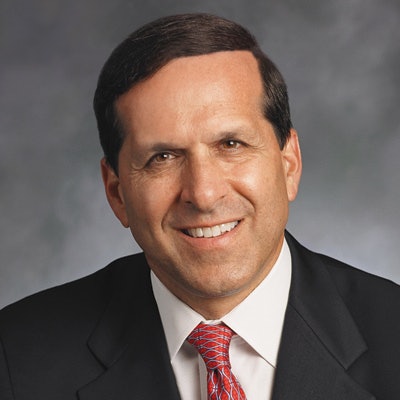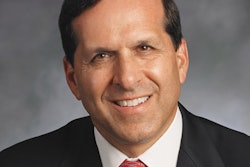
The idea for this article came to me from a recent text message I received. This dentist was looking for help. His team was rebelling over his request that they adjust their vacation schedules based on the recent shutdown. The practice needed to rapidly accommodate the many patients requiring appointments. The team members were extremely displeased at the thought of postponing any planned vacation to increase available practice hours and help recover revenue lost during the COVID-19 shutdown.
This is one of many examples that we are seeing and hearing from dental practices throughout the country regarding team disruption. In many practices, those loyal team members who seemed very happy prior to the COVID-19 shutdown are not as happy today. There are team members who did not return after the shutdown, others who returned with resentment, others who returned and then resigned their positions, and others who do not want to make the changes that are necessary for practices to succeed in the new normal.
Bringing back the team
 Roger P. Levin, DDS, is the executive founder of the Dental Business Study Clubs.
Roger P. Levin, DDS, is the executive founder of the Dental Business Study Clubs.The phrase "bringing back the team" does not refer to literally bringing them back. You have already done that. It refers to bringing them back to an understanding of the culture, mission, core values, and day-to-day behaviors that are essential for a successful practice. John Wooden, who won 10 straight NCAA basketball championships as head coach at the University of California, Los Angeles (UCLA), had a well-known statement: When things aren't going well, you get back to the fundamentals. He believed that to build a cohesive team, you work on the basics over and over until they take hold again, and then you build from there.
Here are the basics for every dental team.
Mission
Every dentist has heard repeatedly that he or she should have a mission statement. Many practices do. Unfortunately, most of these are more public relation statements than a real mission.
A real mission requires deep thought and that you determine what your real purpose is in having a practice. The mission must be real and meaningful and truly establish the purpose of your practice. It answers the question about why the team comes to work every day. If you don't have a mission, identify one immediately. If you have one, start making it the centerpiece of your practice. Talk about it in morning meetings, in staff meetings, and when complimenting people for a job well done. Help the team understand that the mission is real, and it is the guiding purpose that defines the practice. Help them understand that a real mission never changes. This is who we are. This is what we are. This is what we will always be.
Core values
Again, many practices believe they have core values, but team members couldn't recite them if offered a huge bonus to do so, making those values "useless" in the real world.
If the team doesn't know them, they don't exist. It is time to establish real core values: a minimum of four and a maximum of six. You can go on the internet and find lists of 200 core values, which might stimulate good thinking, but you can't have more than six and they must be real. You must believe in every one of them. They are the "nonnegotiables." Many things can happen in a practice, but you never violate your core values.
Once you establish your core values (and it is a wonderful idea to do this as a team exercise), then you start to promote them as much as you can. You hang them in the staff room, you make sure you talk about them, and you review them at every staff meeting; they will be as alive and real as you make them. The mission and core values help the team understand that they belong to something bigger than themselves and that the practice is a place to make a living and a difference.
Optimism
People need optimism, especially in challenging times. A leader who is optimistic is a leader who is giving people hope. An optimistic leader will show the team how the practice will recover and bounce back, as well as what the plan is to ensure a successful practice in this new era of dentistry. Team members will gravitate to leaders who bring optimism. Not lip-service or "fake" optimism, but honest, authentic belief that we will get through this. Hearing optimism from their leader will help team members understand that the best thing they can do is focus on the mission and core values as the fundamentals.
Summary
One of the most essential factors in the future success of any dental practice is bringing back the team. Bring them back to the basics -- to the fundamentals. Help them understand the practice's mission and participate in the development of authentic core values. Expose them to continued optimism and give them the systems so that they can train at the highest level. With that groundwork in place, team members will understand that changes need to be made to modify the practice to be successful in a post-COVID-19 world. Bringing back the team includes bringing the team together.
In the short term, we have entered a new world with many new factors. You need to get your fundamentals in place and then build your future success from there.
Roger P. Levin, DDS, is the executive founder of the Dental Business Study Clubs. To contact Dr. Levin or to join the 40,000 dental professionals who receive his Practice Production Tip of the Day, visit www.levingroup.com or email [email protected].
The comments and observations expressed herein do not necessarily reflect the opinions of DrBicuspid.com, nor should they be construed as an endorsement or admonishment of any particular idea, vendor, or organization.



















